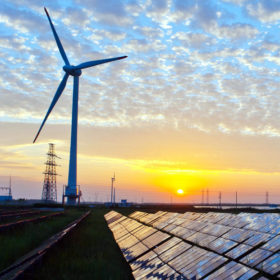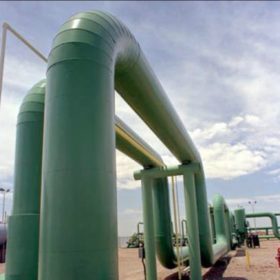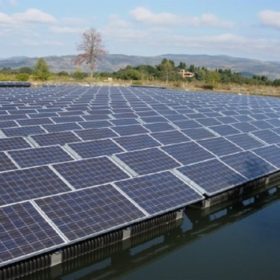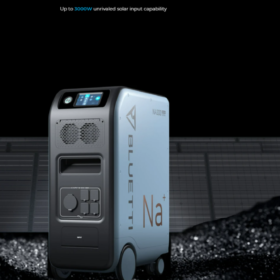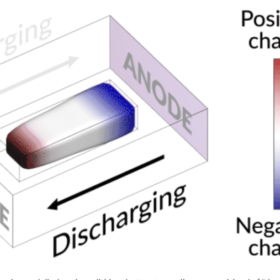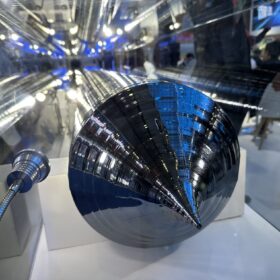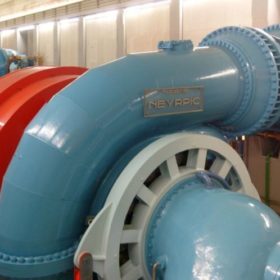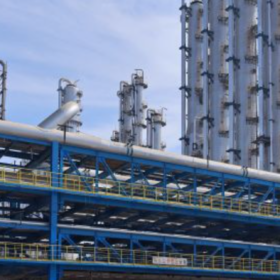SmartHelio appoints key executives
The Swiss PV diagnostics and predictive solutions provider has appointed Neeraj Dasila as chief technology officer (CTO), and Shankaransh Srivastava as vice president-marketing.
Reliance New Energy Solar buys 1.84 crore Sterling & Wilson Renewable shares from Shapoorji Pallonji
Consequent to this acquisition, Reliance New Energy Solar holds 25.16% of the total paid-up equity share capital of Sterling & Wilson Renewable Energy (formerly known as Sterling and Wilson Solar Limited).
Cabinet approves intrastate transmission scheme backing 20 GW of renewable energy capacity
The second phase of Green Energy Corridor (GEC) scheme for Intra-State Transmission System will facilitate grid integration and power evacuation of approximately 20 GW of renewable energy (RE) power projects in Gujarat, Himachal Pradesh, Karnataka, Kerala, Rajasthan, Tamil Nadu, and Uttar Pradesh.
Electrolyzer tech to produce hydrogen from seawater
With a new start-up and a consortium in the Netherlands, German automotive supplier Schaeffler wants to significantly reduce the costs of green hydrogen.
Hero Future Energies, Ohmium to install 1 GW of green hydrogen capacity
Indian renewable energy developer Hero Future Energies has partnered with US-based Ohmium International on the development of green hydrogen plants in India, the UK, and Europe with a cumulative electrolyzer capacity of 1 GW.
Airtouch Solar appoints Nimish Jain as India CEO
Nimish Jain brings to Air Touch India, the India arm of the Israeli robotic cleaning specialist for the solar industry, around 13 years of work experience in renewable energy in new market development, operations, strategy and business development functions. He has worked with companies like Solarig Global, Vikram Solar, and Jinko Solar.
NHPC to acquire majority stake in 500 MW floating solar JV with GEDCOL
State-run hydropower producer NHPC will form the joint venture with a capital investment of INR 500 crore, raising a majority stake of 74% with the rest 26% held by Green Energy Development Corporation of Odisha Limited (GEDCOL).
Bluetti launches sodium-ion solar generator
Bluetti’s NA300 sodium-ion solar generator offers thermal stability, fast-charging capacity, low-temperature performance, and integration efficiency.
Bringing dead lithium back to life to boost battery lifespans
Researchers at Stanford University and the US Department of Energy’s SLAC National Accelerator Laboratory have explored the potential recovery of lost capacity in lithium batteries by using an extremely fast discharging step to reconnect an island of inactive lithium with the anode. Adding this extra step slowed the degradation of their test battery and increased its lifespan by nearly 30%.
Oil India to set up 100 kW green hydrogen plant in Assam
The plant at its Jorhat oilfield in Assam will produce green hydrogen using anion exchange membrane (AEM) technology.


